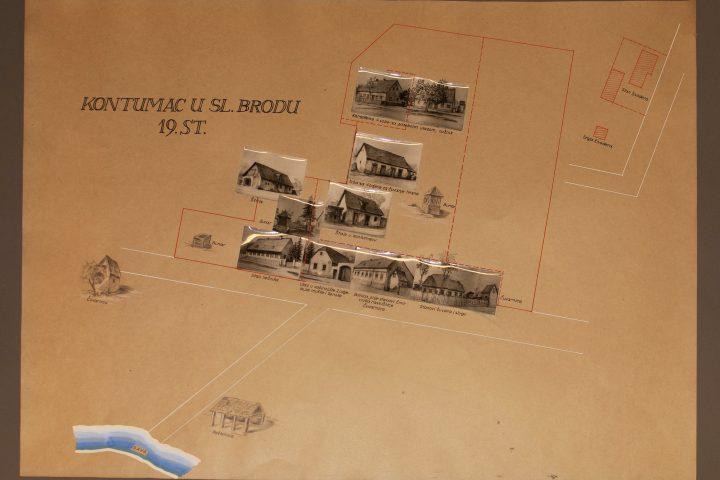Theme of the month with selected museum object

At present, during the pandemics of COVID-19 disease caused by coronavirus, the most current topics are those related to the prevention of the spread of infectious diseases.
Here is described how it worked in Croatia in the 18th and 19th centuries in the territory of the Military Frontier.
SANITARY CORDON
By the patent of Charles VI. from 1728, the preconditions for the creation of a permanent sanitary cordon were established in the territory of the Military Frontier. The cordon was finally established in 1770 and stretched from the Adriatic coast to Hungary, and represented a complex network of herds, contumas, and crustaceans that, by separating persons and cargoes, and disinfecting processes, were to prevent the spread of infestations from the Ottoman Empire, especially plague and cholera, to the area of the Habsburg Monarchy. Goods marked as infected were usually disinfected by means of smoke, washing in vinegar, or exposure to fresh air. Also, a quarantine of goods and persons was carried out, which depending on the degree of infection could last for 40 days. The largest contumas in the Military Krajina were raised in Kostajnica, Slavonski Brod, Zemun and Senj. According to the provision of 1816, quarantine doctors were required to have completed medical studies, which led to an improvement in the level of health care in Slavonia. In addition to epidemiology, cordon also had an important political and economic role for the Habsburgs, as it prevented more intensive trade traffic between Croatia and Bosnia. The sanitary cordon was abolished in 1872, partly because of the disappearance of the risk of the plague, and partly because of the change of policy of the Monarchy towards the Balkans.
(Text taken from the Permanent Exhibition Scenario of the Croatian Museum of Medicine and Pharmacy)
In the figure: The contumas in Slavonski Brod in 19th century, Zagreb, 1950s, drawing, manuscript, cardboard, photographs, inv. no. HMMF-98


